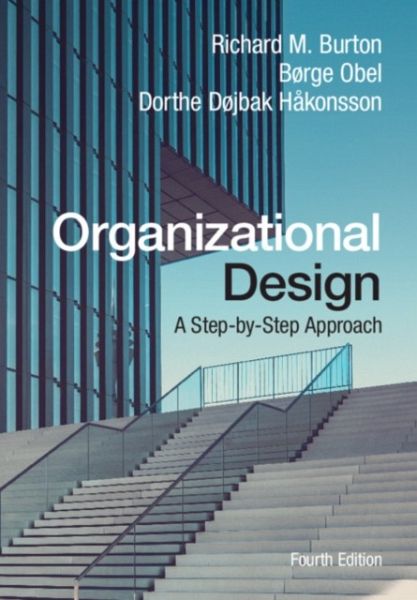
Organizational Design
A Step-by-Step Approach
Versandkostenfrei!
Sofort lieferbar
36,99 €
inkl. MwSt.
Weitere Ausgaben:

PAYBACK Punkte
18 °P sammeln!
Now in its fourth edition, this comprehensive textbook uses a multi-contingency model to communicate the fundamentals of traditional and new organizational forms. Written for MBA and executive MBA students, as well as executive managers and consultants, it provides a framework for the practical implementation of organizational design changes.




